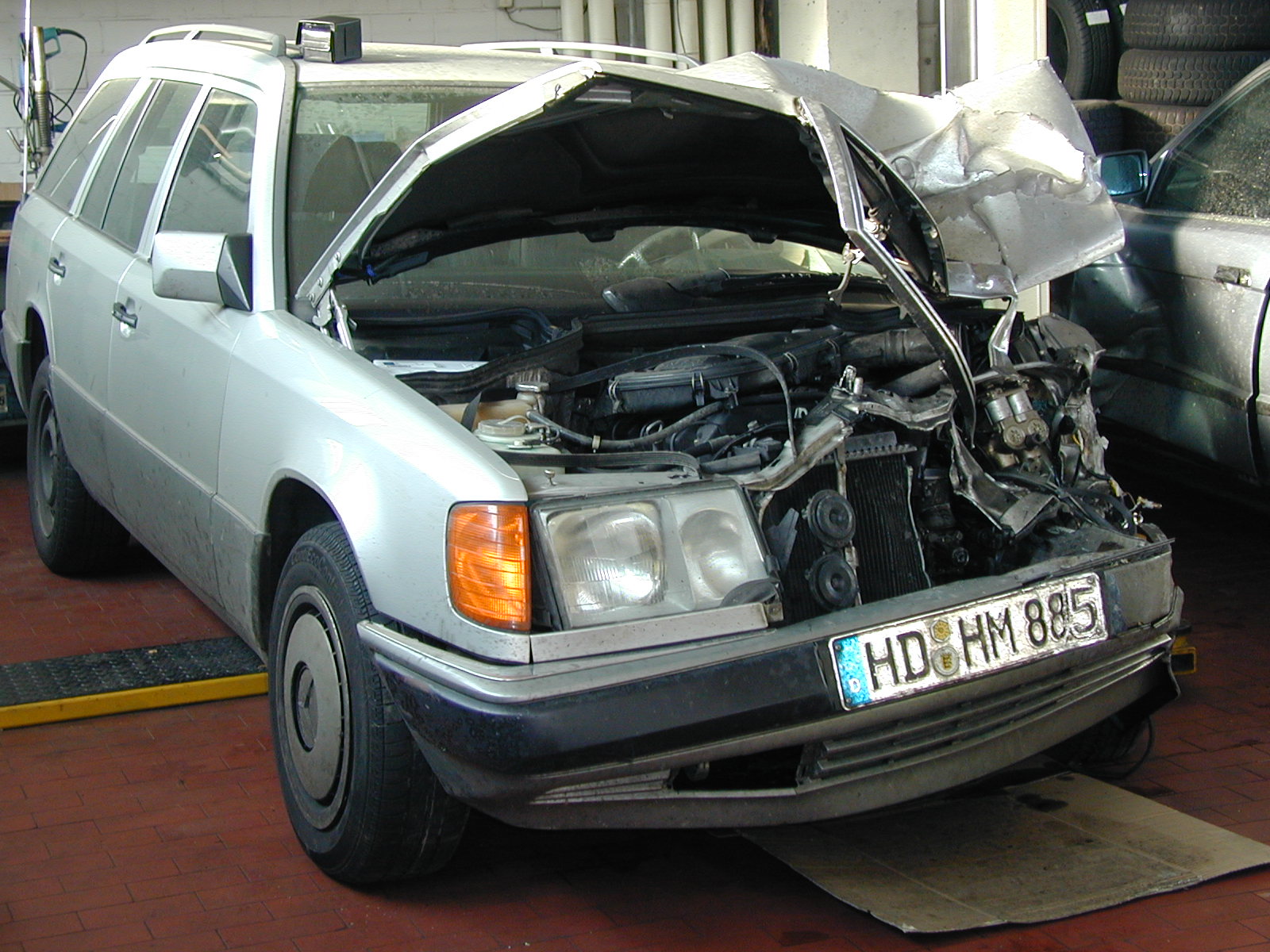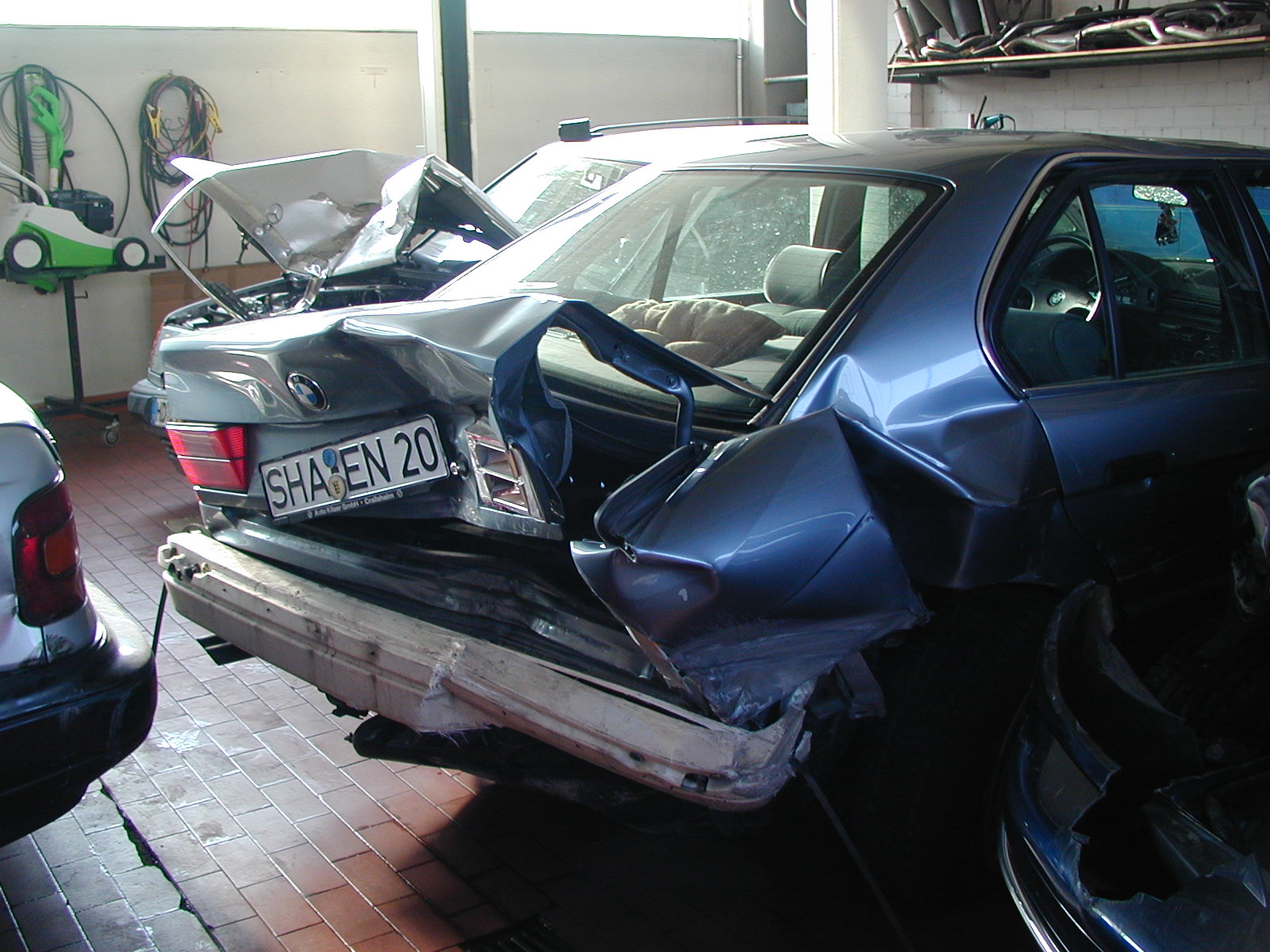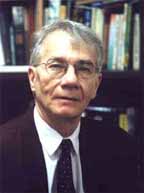- Details
- Last Updated on Thursday, 13 December 2018 15:59
Biography Teaching
1973 - 2009 — Teaching at UMUC Europe

Rise and Fall
Having never taught before, I stood before my first University of Maryland European Division class of Physical Geology, GEOL-100, in Kaiserslauren, Germany, January 1973. For the meeting, I carefully prepared what to say on a paper and feared the students in front of me. Luckily, soon I recalled for my own studies and realized to improvise and to take the students as my colleagues: we all are on one boat. And students not only accepted but liked it. We became friends, who have the same job. And nice job - a pleasure. My courses began to be most popular.
Unfortunately, my popularity had also a negative effect: whenever students registered in a science course of my colleague in the surroundings, have seen my name scheduled for a similar course, they often deregistered from him and moved to me. As a result - my course had enough students, but that one of the colleague faculty had to be cancelled. While UMUC ED paid me not per term but per taught course, they had to pay the faculty colleague for constant number of courses per year - whether taught or not.
At the European Division of University of Maryland, teaching was compressed: so, there were five semesters (called "terms") per year - in fact, "pentamesters". Teaching about two courses per semester (one course Monday+Wednesday, and another course Tuesday+Thursday), so I usually taught ten courses per year; about 20 students per class is 200 students per year, and 7000 students in 350 courses during 35 years of my UMUC E teaching (January 1973 - July 2009). These are minimum numbers, because during the first years (1973 - 2000), I had often to teach in addition at noon and on the weekends. And the teaching for the UMUC College at Schwäbisch Gmünd was always in the mornings (8:00 - 12:50h). My UMUC E teaching required driving to more than 75 installations of the US Army and Air Force in southwest Germany. Because the mean round trip distance was about 200 km, 16 round trips per course makes 3200 km per course, I passed at least 1,120,000 km (probably one and half million km) during my 35 years of UMUC E teaching.
 Of course, for that amount of driving I had to use good cars. Sometime, one very active UMUC ED administrator of my teaching (her first name was Amy) exceeded my physical limits forcing me to accept an impossible course schedule, which did not allow me to sleep adequately. Therefore, I experienced a car_accident on Tue, March 26, 2002, 15:20h, on the autobahn A6, exit Sinsheim, when returning from my morning teaching at Schwäbisch Gmünd to my afternoon and evening teaching at Ramstein.
Of course, for that amount of driving I had to use good cars. Sometime, one very active UMUC ED administrator of my teaching (her first name was Amy) exceeded my physical limits forcing me to accept an impossible course schedule, which did not allow me to sleep adequately. Therefore, I experienced a car_accident on Tue, March 26, 2002, 15:20h, on the autobahn A6, exit Sinsheim, when returning from my morning teaching at Schwäbisch Gmünd to my afternoon and evening teaching at Ramstein.


Having good reflexes, I could avoid much worse effects of my millisecond sleep - my car, Mercedes 230E, was gone, also the hit car BMW and my second vertebra broke into 5 parts - I was happy, that nothing worse happened. I had to purchase another used Mercedes 200C at 22,000 €URO in order to fulfil my UMUC E teaching duties. UMUC E has never supported these my expenses for the work accident, though an insurance from each faculty salary was paid to cover up to $5000 travelling risk.
Though the European UMUC was driven by administrators only, some directors provided an academic spirit. For that I am thankful particularly to Dr. Joe Arden. Unfortunately, he left the European Division about five years before UMUC E terminated.
Please, note that by termination, I mean practical termination: all the US-Army Headquarters at Heidelberg disappeared, the UMUC E building and its staff does not operate at Heidelberg, most faculty does not teach f2f (face-to-face), only very restricted as DE (Distant Education) only, which could go from anywhere, even from Antarctica. And most US-Army and US-Air Force installations, such as Heidelberg, Mannheim, Karlsruhe, Neckarsulm, Stuttgart, Frankfurt, Bad Kreuznach, Sembach, Landstuhl, Zweibrúcken, etc. disappeared. Theoretically, UMUC E probably still somehow exists, with the offices in the area of Ramstein/Kaiserslautern and near Wiesbaden.
Soon UMUC ED asked me to teach also Environmental Geology, GEOL-120, and Physical Science, GNSC-100, a motivation course consisting of Physics, Chemistry, Geology and Astronomy - each covered by two written tests at least.
 However, the most successful was Introductory Astronomy, ASTR-100, covering the Solar System and Evolution of Stars and Galaxies (two written tests).
However, the most successful was Introductory Astronomy, ASTR-100, covering the Solar System and Evolution of Stars and Galaxies (two written tests).
In addition to class meetings, I included also two field trips - one in the real field taking with transportation about 5 hours, and one to a museum and similar "dry" sites taking about 3 hours. The trips were selected according to the course location. On the photo on the left, there are shown field-trip students just after studying the extremely high number (more than 400!) of Sun's spots.
In the area of Heidelberg - Palatinate Forest, we visited a Palatinate Forest, section between Pirmasens (Rabenfels near Lemberg), Teufelstisch, and Albersweiler. In the area of Kircheim-Bolanden, we visited fossil volcano Donnersberg. In the area of Wiesbaden - Mainz - Bad Kreuznach, we visited the western slope of the river Nahe westwards from Bad Kreuznach (transitional metamorphic changes) to the Permian volcano at Schloßböckelheim, and the Geological Museum in Wiesbaden. In the area of Stuttgart, we visited Riescrater in Nördlingen and the Museum in Nördlingen.
The field trips demonstrated features of the geologic formations, for example illustrating the development of planet Earth about 230 million years ago (Early Triassic age, beginning of Mesozoic) having similar red environment as we observe on Mars now.
2012 - Now — Teaching Planetology for Geologists at Charles University Praha

After 1990, having started frequently visiting my Alma Mater, the Charles University building of Natural Sciences with Geological departments in Praha 2, Albertov 6, soon I became disappointed that the original department arrangement had disappeared, apparently due to the removals of persons involved in the past communistic system. Especially, the Sedimentary section of the Department of Petrography disappeared, though sedimentary rocks represent +90 percent of the Earth's surface. But the Petrography was represented by Metamorphic rocks only (even the representation of Igneous rocks disappeared). This way, that "petrography" department section did not provide any "home" to me - the sedimentary petrologist.
Therefore, I turned to the Department of Geology, which has been politically not affected. Among these colleagues, I found support for my intention, to present Planetology, in a format suitable for geologists. Though my colleagues doubted about student interest in my course Planetology for Geologists, 44 students appeared on the first meeting in January 2012 (three of them had to sit on floor - the room had not enough chairs). Of course, the half of them could not attend, because they had to prefer duty meetings and had to cancel their registration. But 22 students finished the course, and the similar registration numbers occured on my following three courses. Now, having to interrupt my teaching due to the serious disease of my wife in Germany, some students are patiently waiting until I could reappear in Praha and teach again.
This year (2015) is planetologically a rich period:
- spacecraft DAWN reached and started orbiting the asteroid Ceres - it is sending very detailed data approaching Ceres on lower and lower orbits.
- the spacecraft NEW HORIZONS, passed PlutoPluto on July 14, and is continuing through the Kuiper's Belt zone of our Solar system.
- Orbiting of the spacecraft ROSETTA and landing of its laboratory PHILAE on the comet 67P/Churyumov–Gerasimenko (after landing, Philae re-jumped into a shadow, but since July, it gets enough Sun-light and is sending great quantity of valuable data).

